By Paul Denman • Applications engineer and business development • Nippon Pulse America
Today most linear-motion designs execute their strokes with actuators based on stepper motors or brushless dc (BLDC) servo motors. Such designs have an inherent complexity due to the fact that the motors and its gearing and encoder must essentially hang off the machine design and out of the needed motion space.
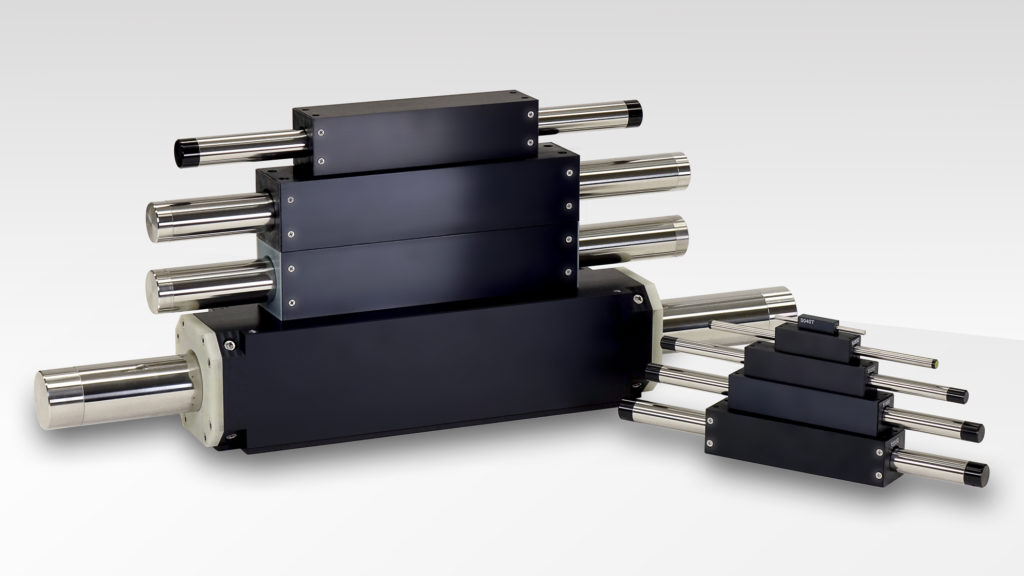
One fast-growing trend is migration towards linear shaft motors — a more compact solution that only requires space for an encoder and linear bearing inside the motion space.
Linear shaft motor adoption has grown faster in the last decade due to the increased performance of their magnets — which in turn has made them more power dense than early-generation versions.
How do these linear motors work? In short, the motor’s magnetic shaft consists of a hollow nonferrous stainless-steel tube housing a stack of doughnut-shaped magnets. Because the forcer coils wrap a full 360° around the shaft’s magnetics field, these linear motors deliver 40% more power than competitive offerings. What’s more, one shaft can accommodate several forcers — for even more compact and flexible solutions.
Some manufacturers of linear shaft motors even stack the magnets with their poles north to north and south to south (in a rather advanced assembly process) for even higher force and efficiency. That results in linear motors with exceptionally high force capabilities. This design arrangement and the fact that magnets have become increasingly strong mean that some linear shaft motors can output more than 6,000 N.
One last benefit of linear shaft motors is that they exhibit zero cogging so maintain high accuracies — even up to the accuracy of the selected encoder. Resolutions better than 10 µm are possible without increased motor price.
Tubular linear motors see increased use in automation
By Matt Prellwitz | Motion control product manager • Beckhoff Automation
Ironless tubular motors are suitable for an array of existing and new linear motion scenarios. They usually replace pneumatic and hydraulic options for linear actuation. That’s in part because ironless tubular motors offer a compact design, easy integration, and high precision and dynamics … features that are useful in packaging, machine tool, paper, textile, and food industries.

In combination with the Beckhoff AX8000 or AX5000 servo drives, AA2518 ironless tubular motors is suitable for linear motion … especially in confined spaces. The AA2518 leverages water cooling to deliver a peak force of 1,050 N and acceleration to 8 m/sec. The magnetic rods are 35 mm in diameter and available in lengths of 700 mm and 1,000 mm. The absence of additional mechanical parts minimizes wear, resulting in lower maintenance costs than systems that use a spindle. For more information, visit www.beckhoff.com/drivetechnology.

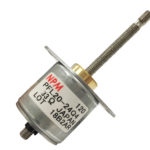
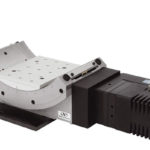
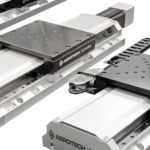
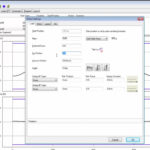

Leave a Reply
You must be logged in to post a comment.